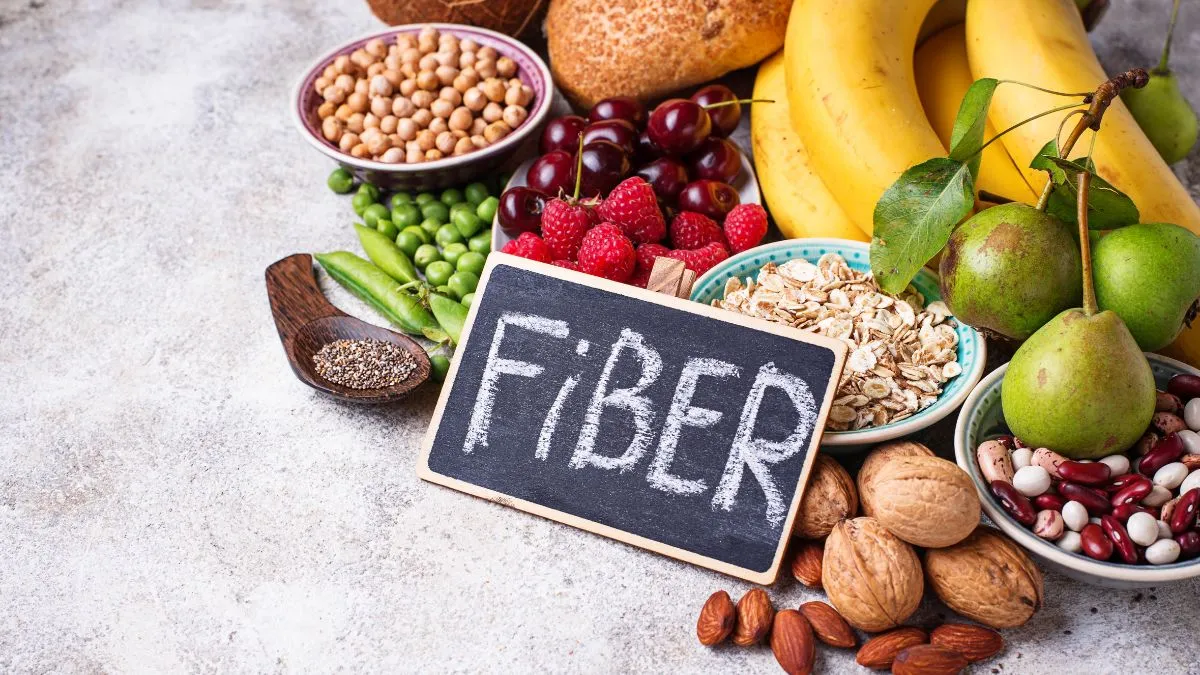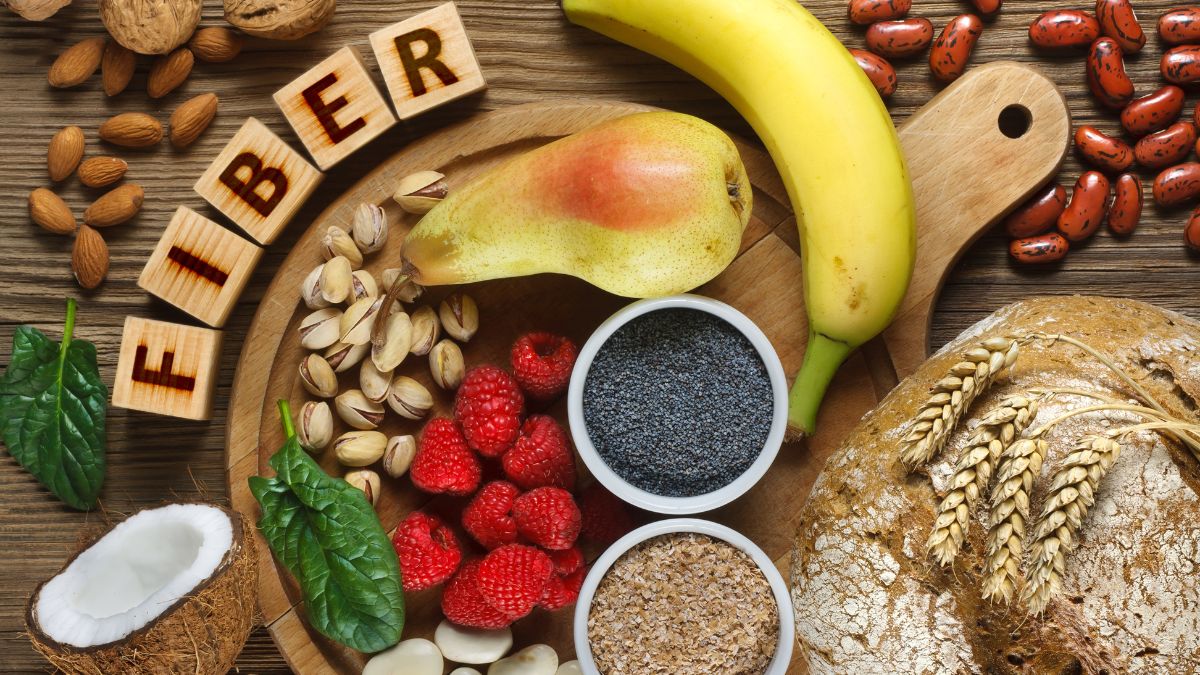
Dietician Shares How Fibre-rich Diet Can Help Your Heart Health
Cardiovascular disease is one of the leading causes of morbidity and mortality worldwide, but what if a simple dietary adjustment could significantly reduce your risk? Enter the unsung hero of heart health: fibre. In this article, we will learn the remarkable benefits of a fibre-rich diet in promoting cardiovascular wellness, from lowering cholesterol levels and regulating blood pressure to reducing inflammation and improving overall heart function from our expert, Dr Kushal Agrawal, HOD, Department of Neonatology and Paediatrics, KVR Hospital, Kashipur.
Dr Agrawal said, "Adults are frequently thought of when we think of heart health. However, heart disease begins at a young age, and lifetime cardiovascular health is greatly influenced by childhood habits. Making sure your child consumes enough dietary fibre each day is one of the simplest methods to safeguard their heart."

Benefits of Fibre for Heart Health
Reduces Cholesterol
Oats, beans, lentils, apples, and citrus fruits are good sources of soluble fibre, which binds to excess bad cholesterol (LDL) in the intestines and eliminates it before it reaches the bloodstream. This lowers the chance of atherosclerosis, a disorder where plaque accumulation causes arteries to thicken, and helps keep them free.
Controls Blood Pressure
By encouraging appropriate blood circulation and lowering inflammation, foods high in fibre aid in blood pressure regulation. By regulating sodium levels, potassium-rich fibre sources such as sweet potatoes, spinach, and bananas also promote heart health.
Stabilises Blood Sugar
Foods high in fibre reduce the rate at which sugar is absorbed, avoiding sharp increases in blood sugar levels. Decreasing insulin resistance, they lower the chance of juvenile obesity and diabetes, two conditions that are key causes of heart disease in later life.
Lowers Inflammation

Prolonged inflammation raises the risk of heart disease by damaging blood vessels. Fibre supports a healthy microbiome that lowers systemic inflammation and shields the heart and blood vessels by feeding beneficial gut bacteria.
Promotes a Healthy Weight
Fibre helps children avoid overeating and unhealthy snacking by keeping them feeling fuller for longer. In addition to lessening cardiac strain, maintaining a healthy weight helps avoid excessive blood pressure and cholesterol in later life.
How Much Fiber Is Necessary for Your Child?
Depending on their age, children should eat 14–25 grams of fibre each day. "Age + 5g per day" is a straightforward formula (for example, a 6-year-old should consume 11g of fibre each day).
Kids' Heart-Healthy Fibre-Rich Foods
- Nuts and seeds (almonds, flaxseeds, chia seeds)
- Whole grains (oats, brown rice, whole wheat roti, quinoa)
- Beans and lentils (rajma, chana, moong dal)
- Fruits and vegetables (apples, oranges, carrots, spinach)
If you liked this story, then please share it. To read more such stories, stay connected to HerZindagi.
Also watch this video
Herzindagi video